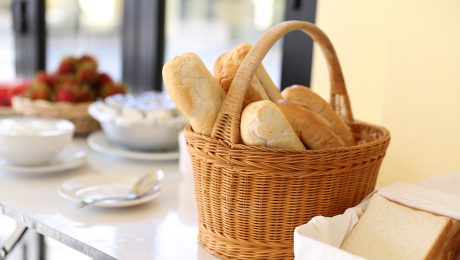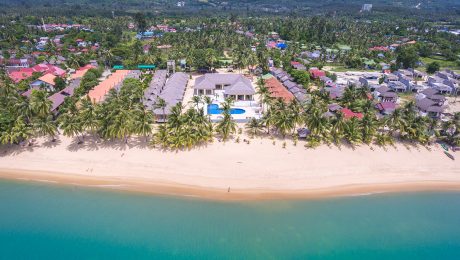Beach Sport
Whether you’re picking up a surf board, embarking on a sailing adventure or jumping onto a paddle board. Don’t miss out on the top 10 beach sports to make the
- Published in Uncategorized
Fancy Pool
After a long day of traveling or sightseeing, there’s nothing like a refreshing dip in the pool. If you’re looking to make a splash on your next vacation
- Published in Uncategorized
Nice Food
Hotel food used to be predictable. Whether you were ordering room service pancakes or a severely overpriced steak at the lobby restaurant, you knew what was coming your way. But the those days are long gone. We’re living in the age of Shake Shack room service, hotel bars that surpass your neighborhood mixology mainstay, and mini bars easily mistaken for trendy artisanal grocery stores. Chefs actually want to open restaurants in hotels, because eating in your hotel is just as exciting as eating, well, anywhere else. Here’s our highly specific guide to the most delicious places to stay in America.
- Published in Uncategorized
Ko Samui
An island of natural beauty and variety, Samui is home to about 40,000 full-time inhabitants, 90% of whom are Buddhist. The palm-fringed shoreline and coconut and fruit cultivation of the coastal lowlands rise to a central granite massive, the slopes of which are cloaked in virgin rainforest.
At 247 km² Samui is the second-largest island in Thailand and the largest island in the Chumphon Archipelago of over 80 (mostly uninhabited) islands which form the Ang Thong National Marine Park, a kayaking and snorkelling paradise. At 25 km long and 21 km wide, Samui is big enough for serious exploration by the adventurous and fit, but can be circumnavigated in just a couple of hours by motorbike or car.
The island was probably first inhabited about 15 centuries ago, settled by fishermen from the Malay Peninsula and southern China. It appears on Chinese maps dating back to 1687, under the name Pulo Cornam. The name Samui is mysterious in itself. Perhaps it is an extension of the name of one of the native trees, mui, or it is a corruption of the Chinese word Saboey, meaning “safe haven”.
Until the late 20th century, Samui was an isolated, self-sufficient community, having little connection with the mainland of Thailand. The island was even without roads until the early 1970s, and the 15 km journey from one side of the island to the other involved a whole-day trek through the mountainous central jungles.
In the early 1970s the first backpackers travelling on the back of a coconut boat arrived on Ko Samui. For years after that the island had just a few bungalows and a trickle of tourists. Things started to change in the early 1990s when tourists started arriving on full boats and since then the place has grown substantially. Samui is now the second-most popular place as an island destination in Thailand (the first is Phuket). Undeservedly so. The water on most of the beaches of Ko Samui is often murky and the most popular streets of Ko Samui are dirty and filled with pushy promoters.
Unfortunately, development on Ko Samui is starting to take its toll and it is far from a paradise island now.
- Published in Uncategorized




